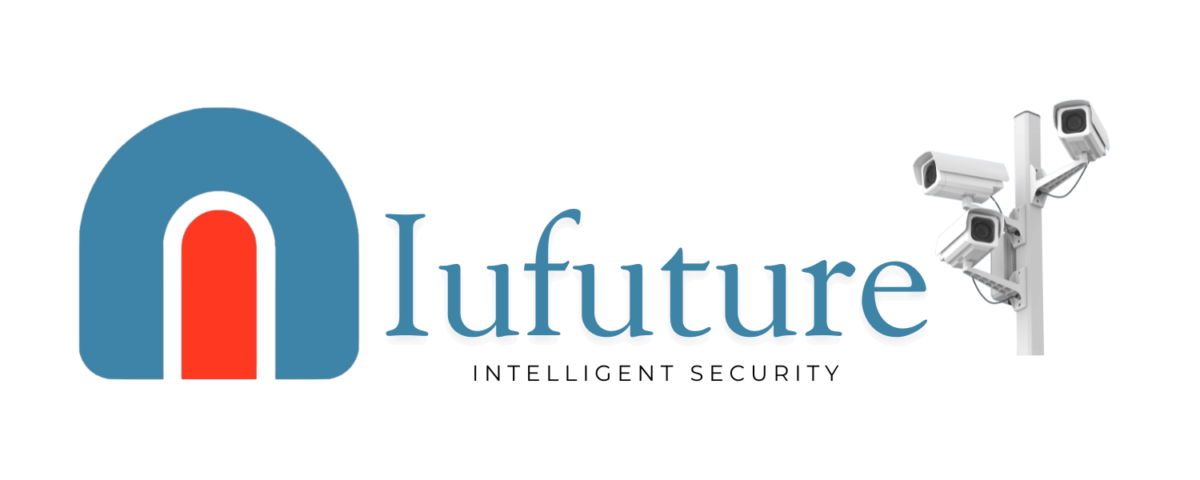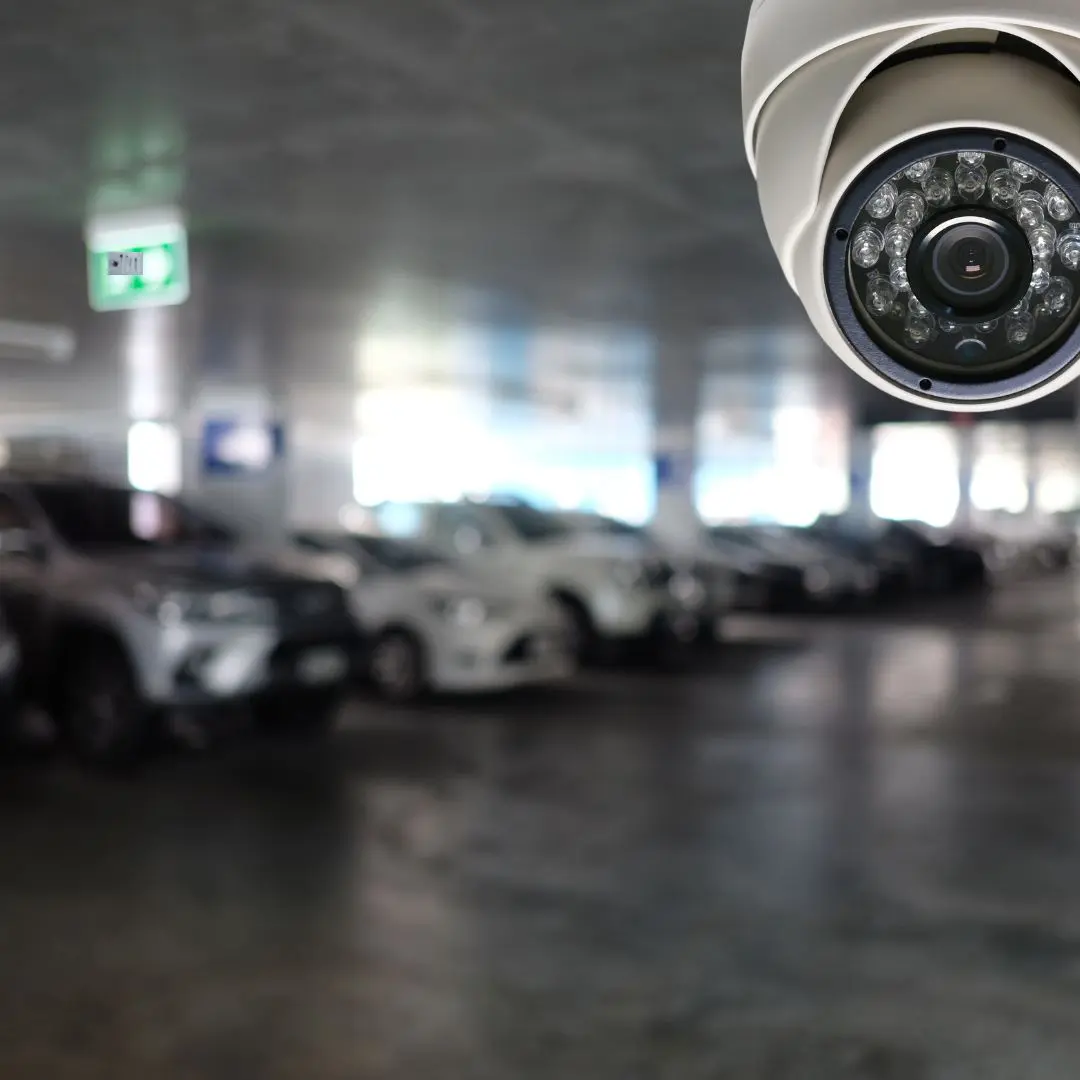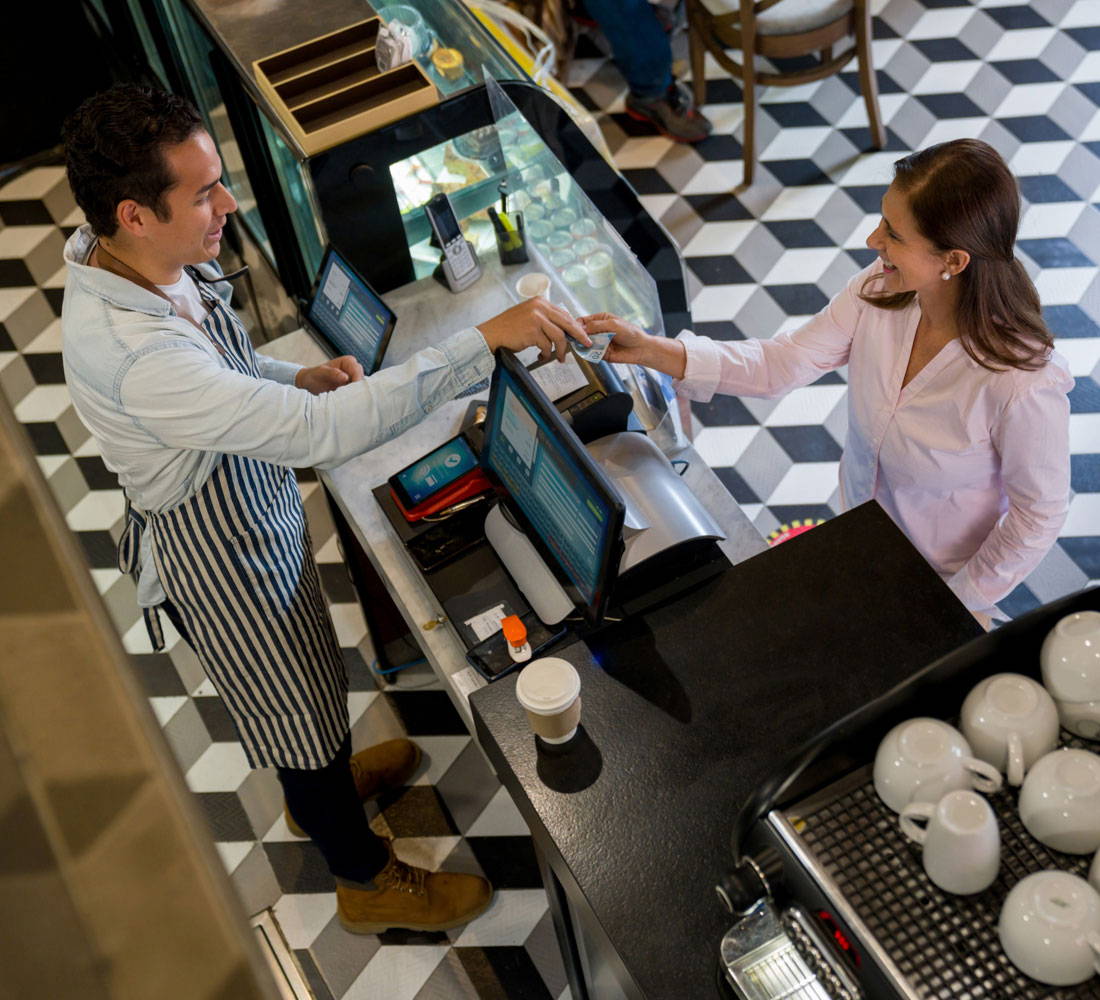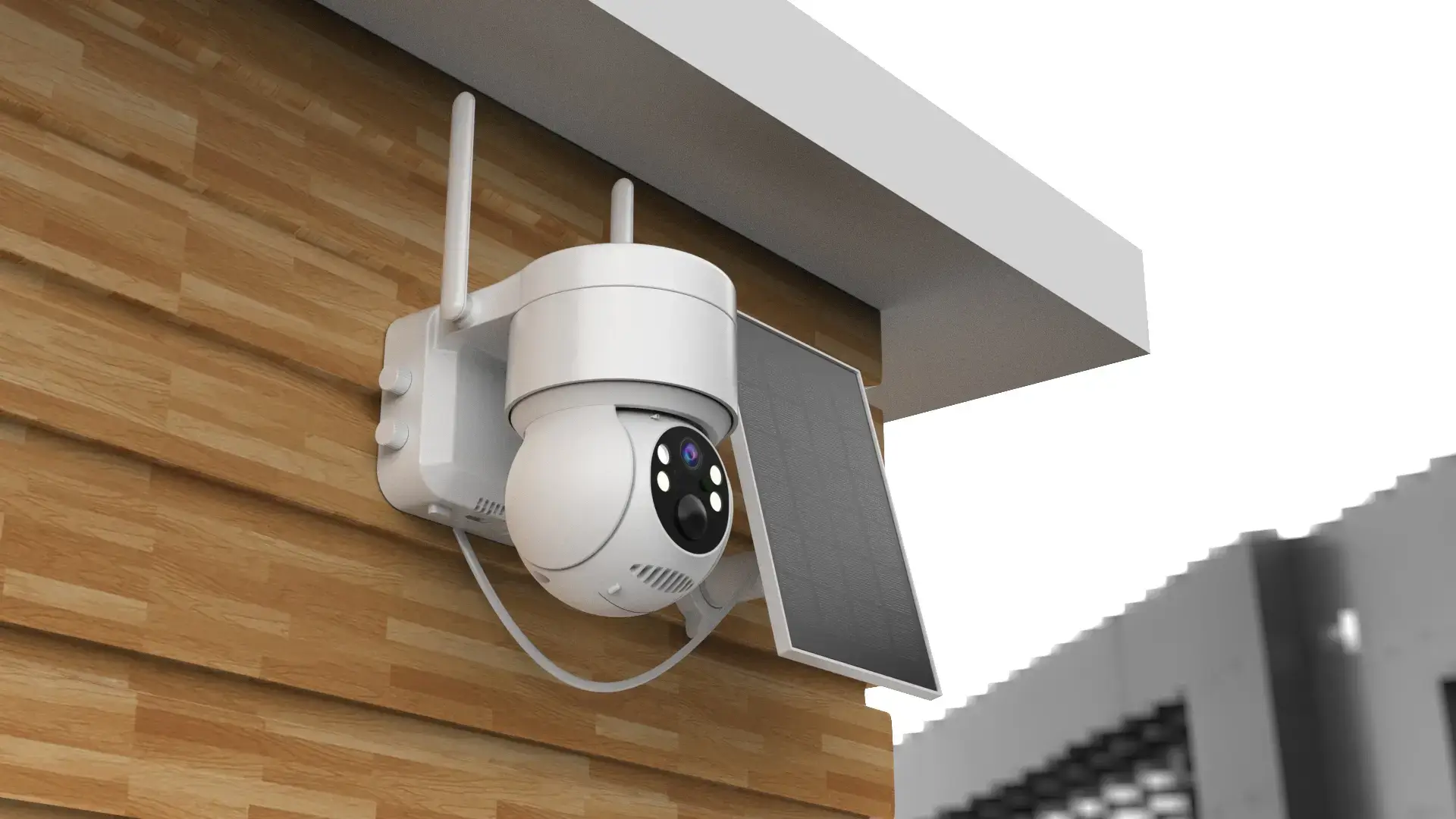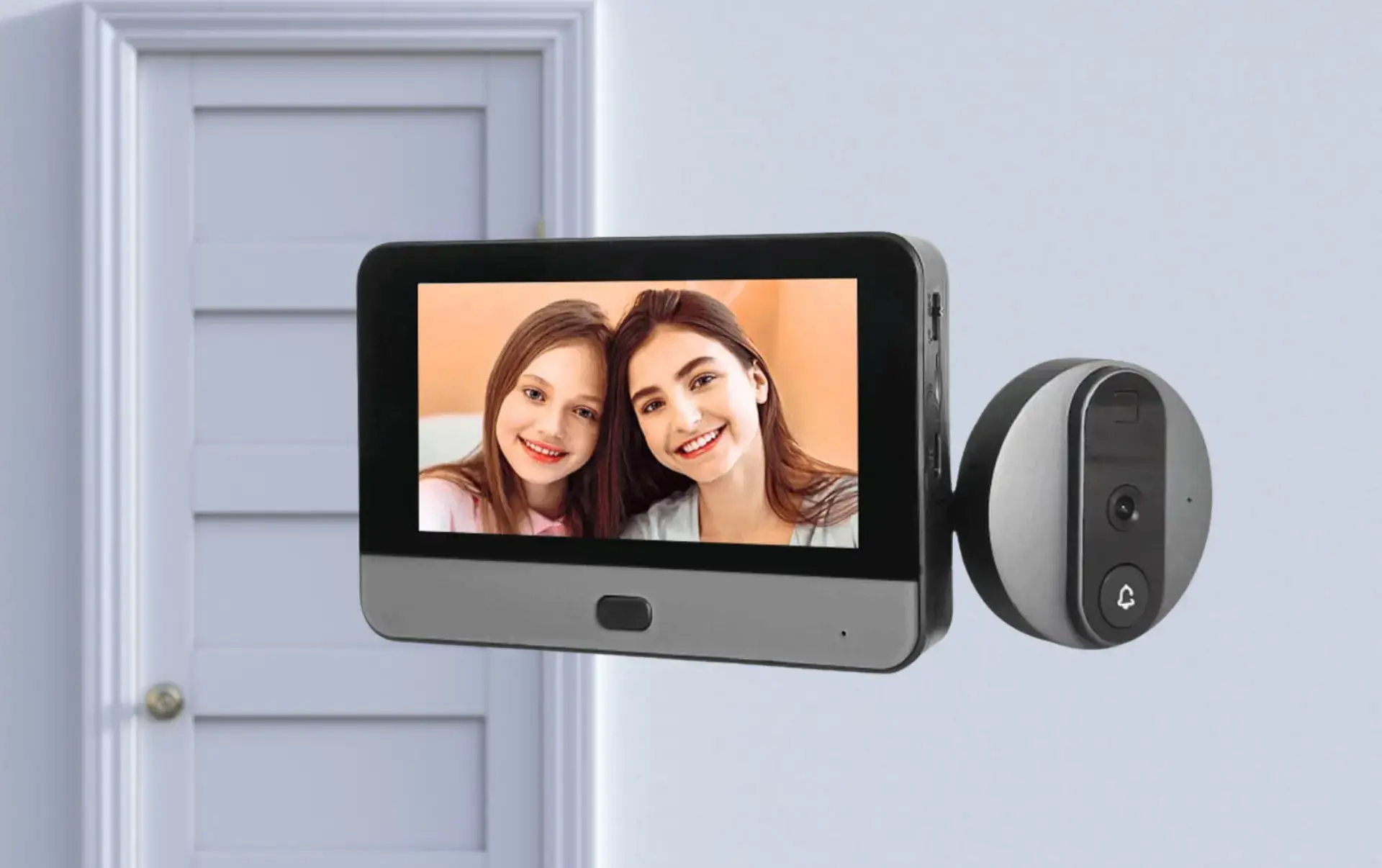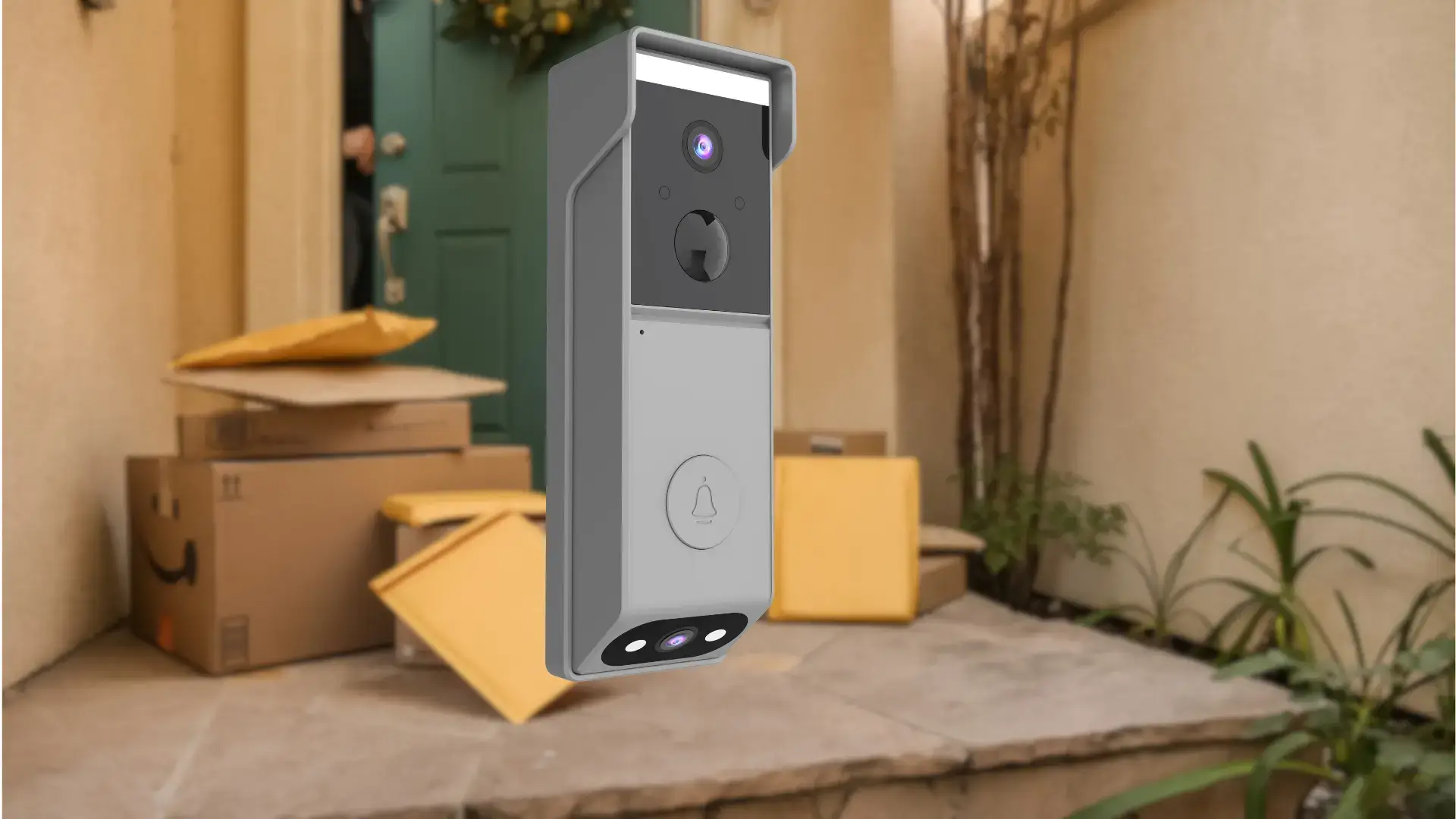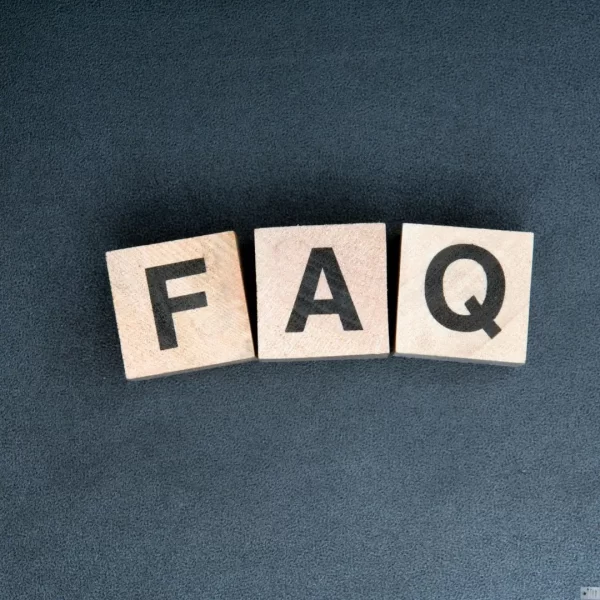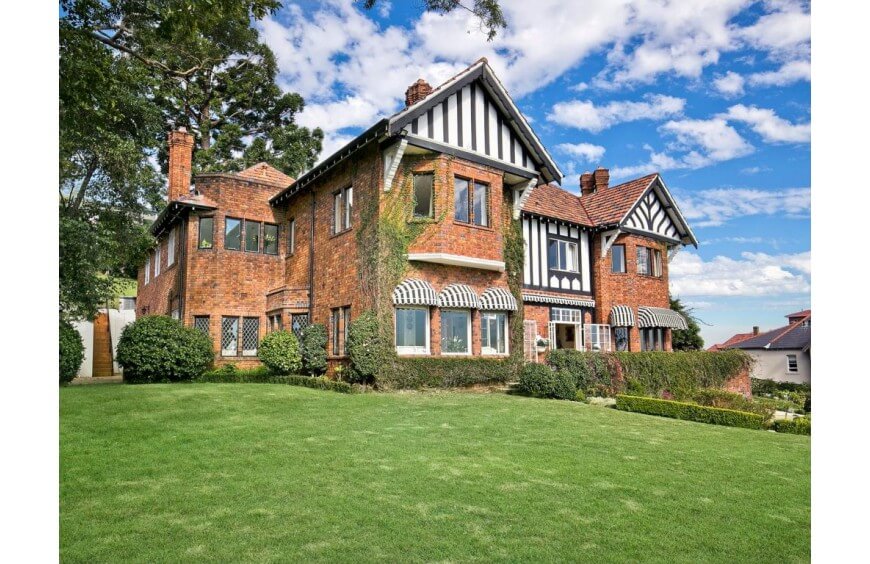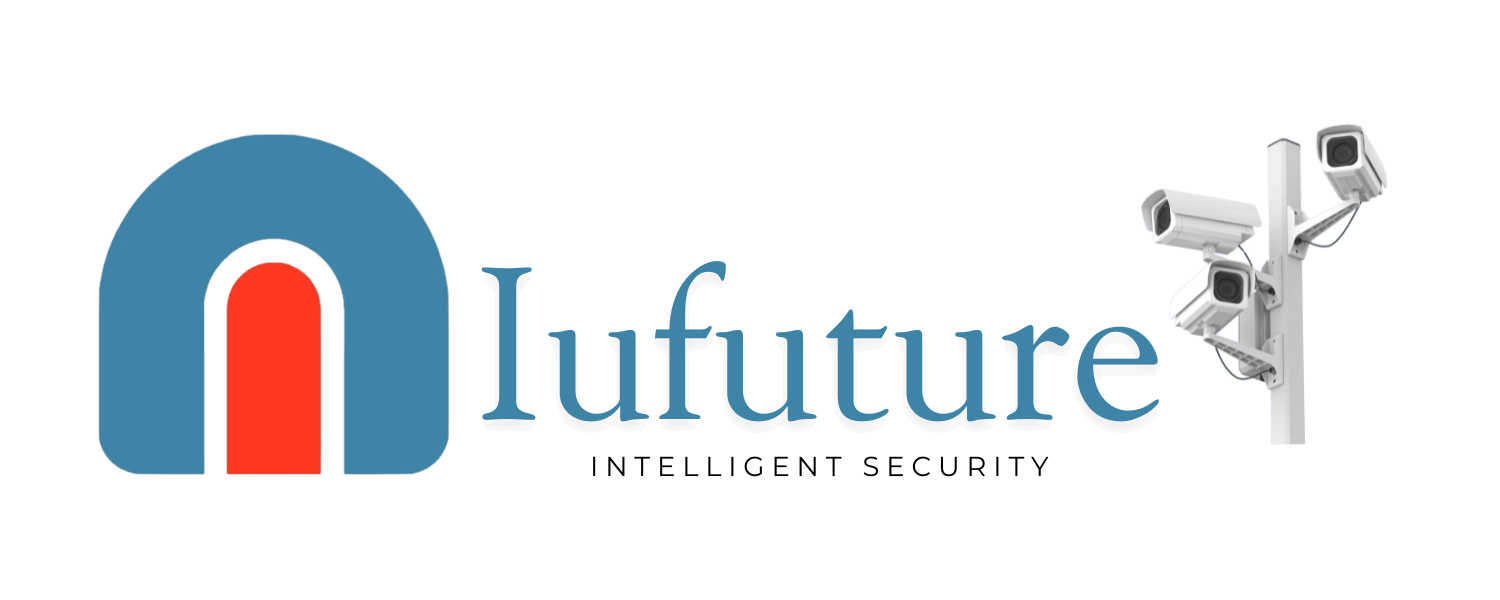In recent years, home security has evolved from traditional surveillance systems to highly sophisticated solutions that utilize smart technologies. Connected homes are becoming more common, and with this shift, smart security has emerged as a priority for those wanting to ensure the protection of their families and belongings in an efficient and practical way. But what exactly are these smart security solutions? How do they work, and what are the main benefits? In this article, we will explore the answers to these questions and how these innovations can bring more peace of mind to your home.
1. What is Smart Home Security?
Smart home security is an advanced system that uses connected technologies to monitor, protect, and automate the security of a residence. These systems are composed of various devices and sensors that communicate with each other and the user through smartphone apps, virtual assistants, or centralized control interfaces.
These devices include security cameras, motion sensors, smart alarms, electronic locks, and more. The key difference is that all these devices are connected to the internet and can be monitored and controlled remotely, making home security more accessible and efficient than ever.
2. Key Components of a Smart Security System
Smart home security systems are composed of different devices that complement each other to provide complete protection. Below, we’ll detail the main components of a smart security system:
2.1. Smart Security Cameras
Smart security cameras are one of the key pieces of any modern security system. They provide real-time monitoring of your residence, allowing you to view footage directly on your smartphone or connected device. Many of these cameras have advanced features like night vision, motion detection, and facial recognition, which enhance the accuracy and efficiency of surveillance.
Additionally, some smart cameras are equipped with artificial intelligence technology that can identify and differentiate between suspicious activities and normal movements, reducing false alarms.
2.2. Motion Sensors
Motion sensors are responsible for detecting any unauthorized movement in critical areas of the house, such as doors and windows. When movement is detected, the security system can send a notification to the homeowner and even trigger an alarm, alerting them to a potential intrusion. These sensors can be adjusted to ignore common movements, such as pets, to avoid false alarms.
2.3. Smart Alarms
Smart alarms are audio or visual systems activated when a security breach is detected. These alarms are highly effective at scaring off intruders and drawing attention from neighbors or passersby. In many cases, smart alarms can be integrated with other security devices like cameras, sensors, and locks, creating a cohesive and coordinated defense system.
2.4. Electronic Locks
Electronic locks are one of the most innovative features in smart security. They allow homeowners to lock and unlock doors remotely without the need for a physical key. Many electronic locks also support the use of codes, biometrics (such as fingerprints), or apps for unlocking, providing an extra layer of security.
These locks can also be set up to send alerts when a door is opened, allowing homeowners to monitor entry and exit, especially useful in households with children or staff.
2.5. Open/Close Sensors
Open/close sensors are small devices that can be installed on doors or windows. They detect whether a door or window is opened or closed. When an unexpected opening is detected, the security system sends a notification to the homeowner, allowing them to take immediate action, such as checking the cameras or contacting authorities if needed.
3. How Do Device Integrations Work?
The real power of smart security lies in the integration of various devices. Modern security systems allow cameras, sensors, and alarms to work together to provide a comprehensive view of home security. For example, if a motion sensor detects suspicious activity, it can automatically trigger a camera to record the event and simultaneously send a notification to the homeowner’s mobile device.
This integration is achieved through central hubs, control apps, or voice assistants like Alexa and Google Assistant, which coordinate communication between devices and ensure all security functions are synchronized.
4. Benefits of Smart Home Security
Adopting smart home security solutions offers numerous advantages that enhance protection and provide more convenience for homeowners. Some of the key benefits include:
4.1. Real-Time Monitoring
The ability to monitor your home in real-time is one of the greatest benefits of smart security. Through cameras and sensors connected to the internet, you can view your residence at any time and from anywhere, ensuring complete control over your home’s security even when you are away.
4.2. Instant Alerts
Another significant benefit is the speed at which smart security systems can alert homeowners to suspicious activity. Whether through a mobile notification, email, or audio alert, these systems ensure that you are always informed about what’s happening in your home, enabling a swift response.
4.3. Automation and Remote Control
In addition to security, smart home solutions offer automation. With the integration of devices like lights, thermostats, and sound systems, it’s possible to create customized scenarios that enhance comfort and efficiency in the home. Remote control also simplifies usage, allowing you to adjust your home’s security from anywhere using your smartphone or connected device.
4.4. Reduced False Alarms
Using advanced technologies like artificial intelligence and highly accurate sensors, smart security systems are more efficient at identifying real threats, reducing the occurrence of false alarms. This means fewer inconveniences for homeowners and fewer interruptions caused by unnecessary notifications.
4.5. Increased Property Market Value
Investing in a smart security system can often increase the market value of a property. With growing concerns about safety, many homebuyers look for properties that already have these integrated technological solutions, making the property more attractive on the market.
Final Considerations and How to Choose the Ideal Smart Security Solution for Your Home
[Continued in part two…]
